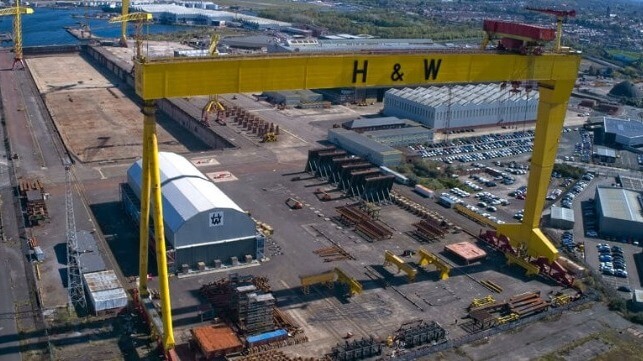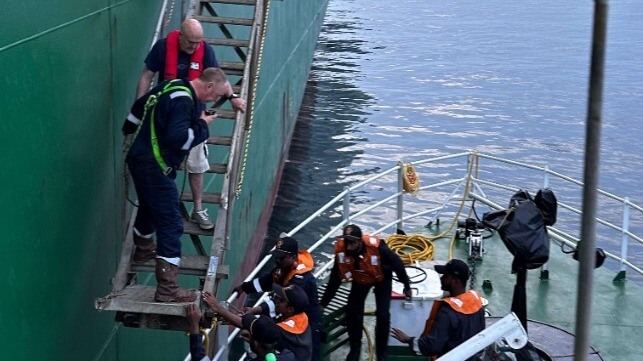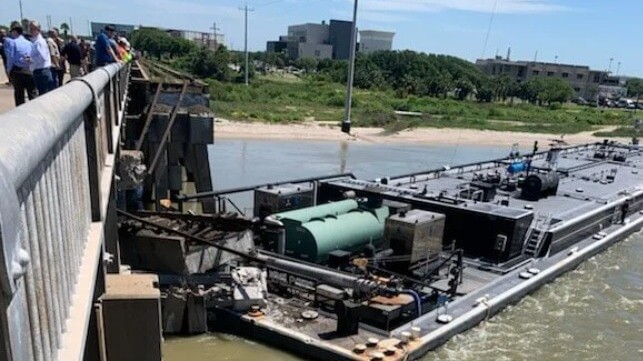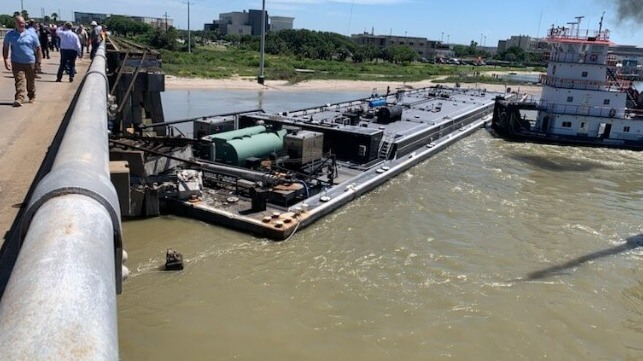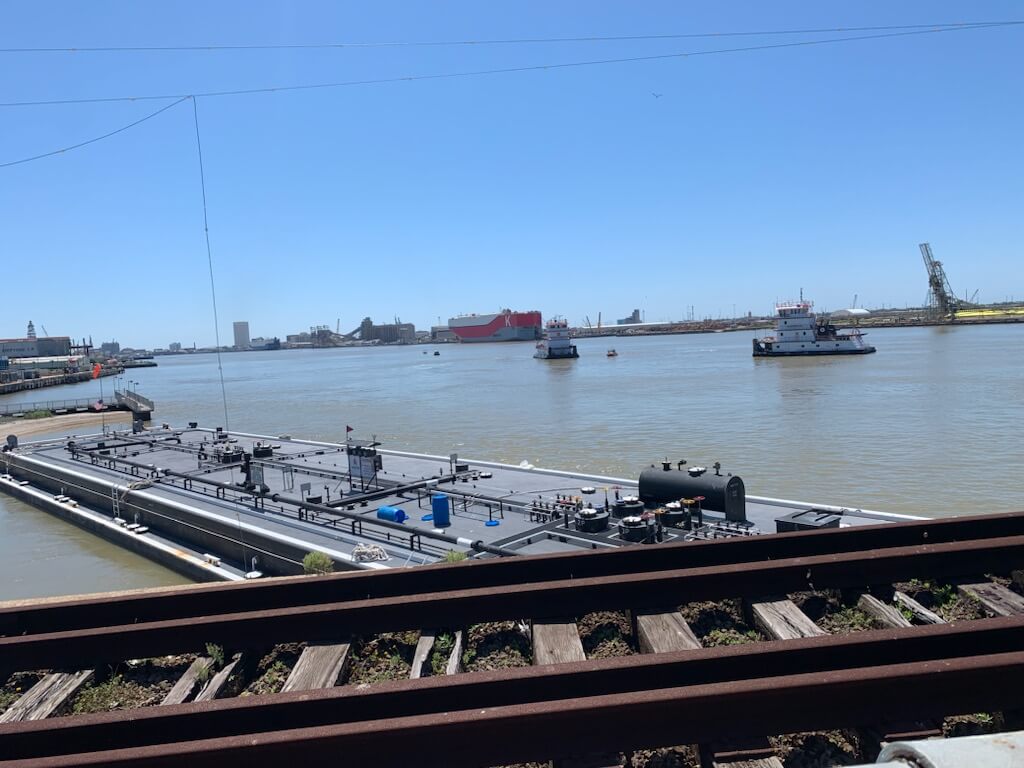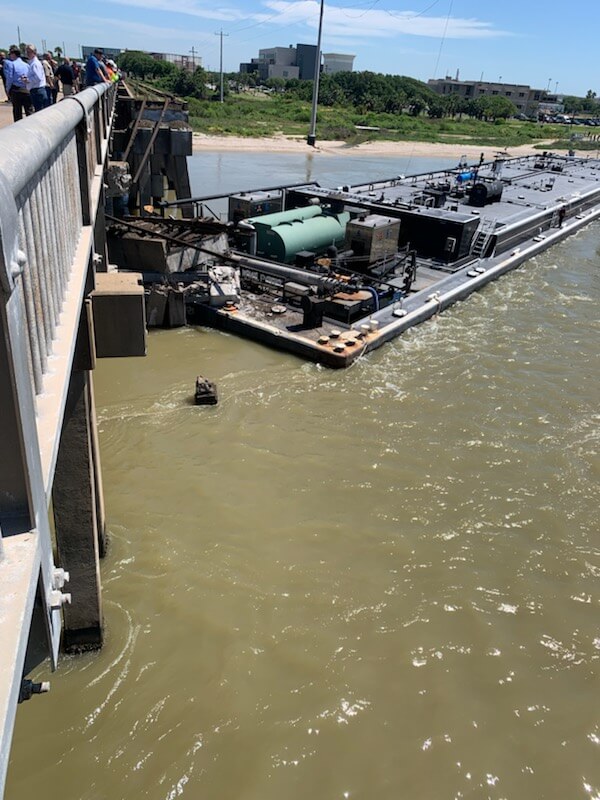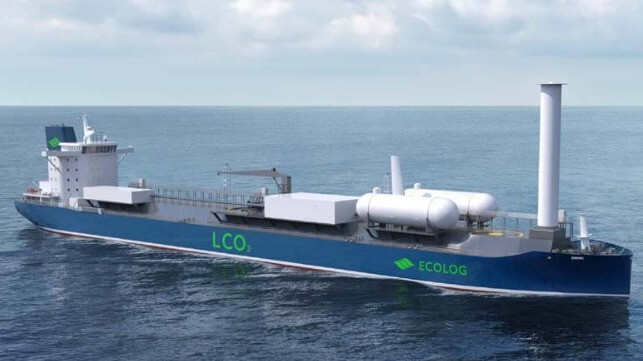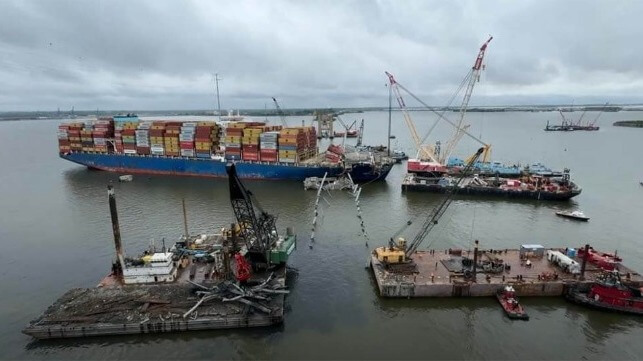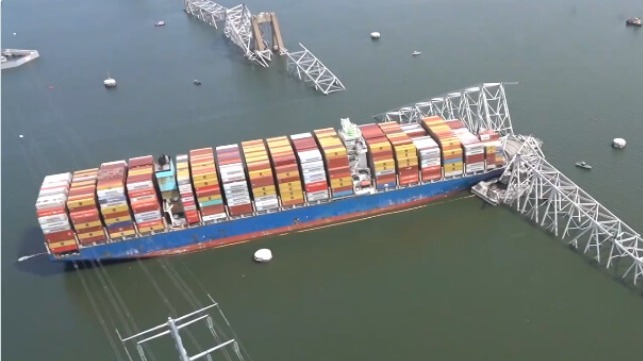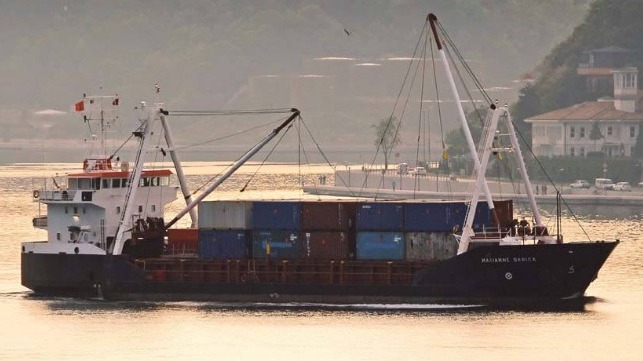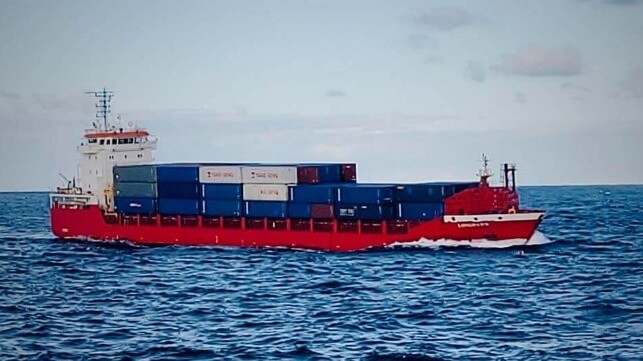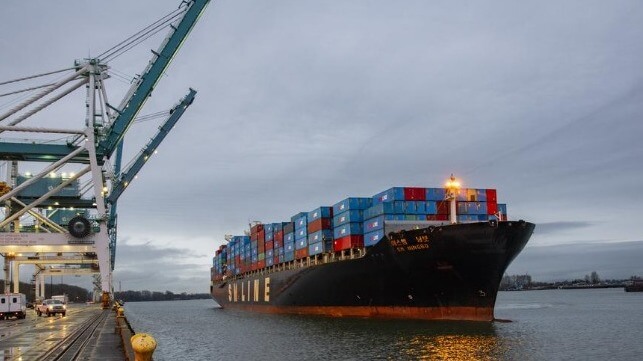Survey: Better Connectivity is Turning Ships into "Floating Offices"
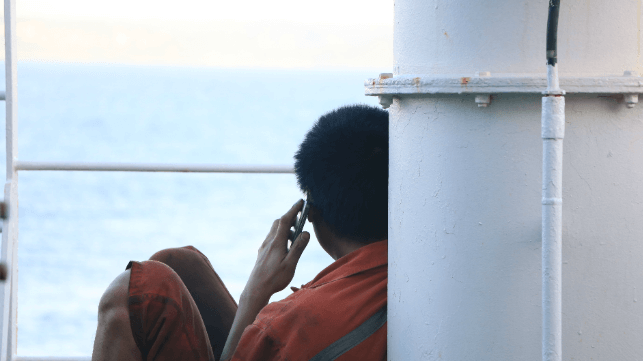
A new study prepared by consultancy Thetius for Inmarsat suggests that ships are becoming remote offices, thanks to improved access to connectivity and the advent of cloud-based software services. Higher bandwidth is making life better for crewmember welfare, and industry is relying on better connectivity to improve operations and boost efficiency.
"A reliable high-speed Internet connection will allow us to move critical IT functions like email or identity and access management to the cloud, instead of maintaining it on all vessels. This will realize cost savings
for us," Dr. Dominik Pfeiffer, Director of Fleet IT at Hapag-Lloyd, told Thetius in a survey. "Since the crews need the critical applications at any point in time in order to do their work, these systems need to be always-on. With these high availability requirements in mind, we carefully observe new highspeed products that are emerging in the market."
Use cases for always-on software include fuel monitoring for cost reduction, environmental recordkeeping software for regulatory compliance, dashboarding, and various asset monitoring software. In the survey segment oriented towards shoreside staff, 83 percent said that they expect a greater reliance on digital applications like these within the next five years.
Conversely, when connectivity goes offline, it has a significant impact on operations for digitally-enabled shipping. Respondents said that losing a data connection to a ship is hard on the shipowner/operator, leading to increased work, more errors, delayed communications and lost opportunities. "The expectation from both shipboard and shore staff is for constant movement of information," one respondent said.
It also has a serious impact on crew morale. When connectivity goes down, the ship's crew cannot make video calls to family and friends, stay up to date with their circle on social media, or access their personal accounts. Sometimes this causes distress and anxiety. 89 percent of respondents said that connectivity is important or extremely important for seafarer wellbeing, a finding that is consistent with other independent surveys.
"Reaping the rewards and avoiding the potential pitfalls of shipping’s new digital wave requires fast and reliable internet with consistent global coverage – including in hotspots and remote locations," said Inmarsat President Ben Palmer.
Carnival rolls out Starlink across its fleet
In addition to high uptime and global reliability, shipping companies also have an interest in high bandwidth at lower cost - particularly in the data-hungry cruise industry. On Tuesday, Carnival Corporation announced that it has finished rolling out Starlink internet access across its global fleet. The low-latency, high-speed connectivity is intended primarily for passenger and crew usage via onboard Wifi, and is part of a series of investments that have given Carnival four times as much bandwidth as it had before the pandemic.
Carnival says that Starlink's speed lets passengers and crewmembers stay connected almost as though they were still ashore. This allows them to share their onboard cruise experiences with their followers on social media, stream video content and even work remotely at sea. The service is also helping Carnival with increasing bandwidth demand for onboard equipment monitoring and for data transfer between the home office and the bridge.
"Starlink has been a game-changer for the onboard connectivity experience our cruise lines deliver to their guests, and we've already seen a surge in guest satisfaction and positive feedback from the super-fast and reliable Wi-Fi service we provide onboard," said Josh Weinstein, CEO of Carnival Corporation. "We see this technology as a win-win-win – it provides our guests with more flexibility to stay as connected as they'd like on vacation, it allows our crew to stay in touch with friends and loved ones, and it enhances our onboard operational systems."
The roll-out began 16 months ago and is now complete across all 90-plus vessels in all of Carnival's brands. The company notes that it puts a premium on reliability, and uses multiple providers - not just Starlink - to ensure a consistent experience across all geographies.
.jpg)
